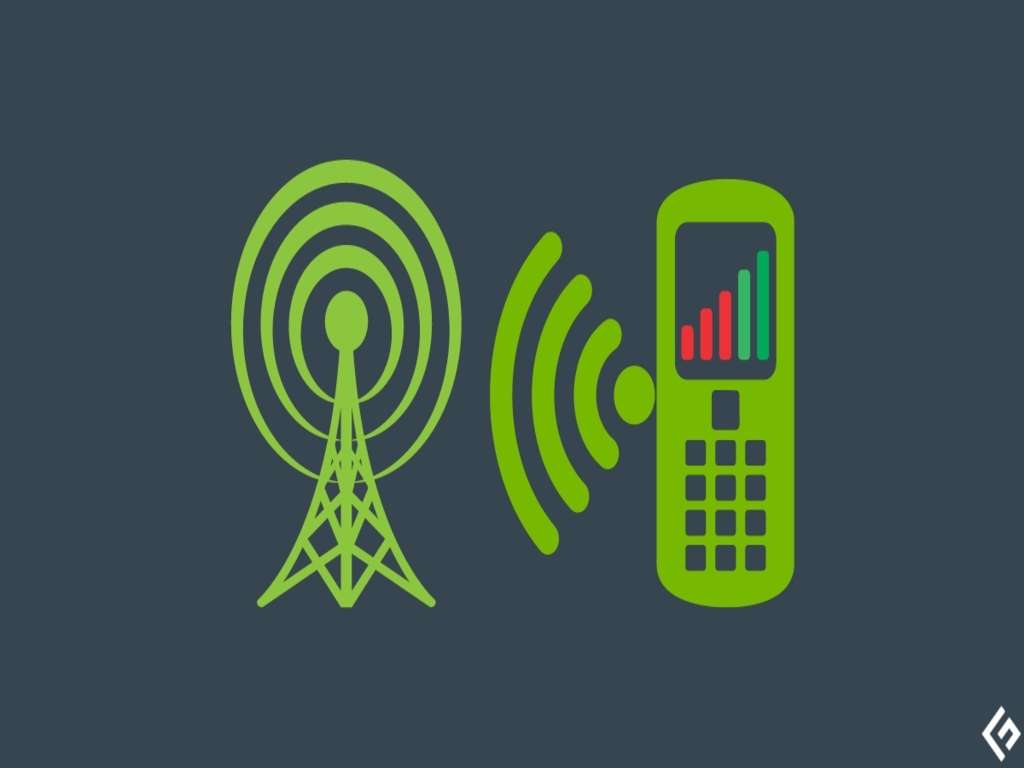Jamming technology, which involves the intentional interference of electromagnetic frequencies, has rapidly evolved and is now incorporated into an array of devices that are increasingly accessible to individuals and organizations. Despite their illegality in most parts of the world, jammers are becoming smaller, more portable, user-friendly, and cost-effective. While some jammers operate indiscriminately, blocking all communications, there are also purpose-built devices specifically designed to target certain signals. Cell phone jammers, wifi jammers, drone jammers, and GPS jammers are among the most popular types, each tailored to meet specific jamming needs. As the technology continues to evolve, it’s likely that we’ll see even more innovative and specialized jamming devices emerge on the market.
Key Reason for Optimization
Another crucial factor is the authorities’ desire to maintain exclusive control over the employment of such measures for law enforcement, security, and military purposes. Countries like the United States, Canada, and India strictly prohibit the use of signal jammers for anyone except designated law enforcement agencies. Italy enforces even stricter regulations, requiring even these agencies to operate jammers only under specific authorizations.
In regions like Pakistan, Singapore, and Iran, signal jammers are legal only for those who possess a permit, and it is presumable that these permits are not easily accessible to non-governmental entities. However, it’s worth noting that the regulations surrounding signal jammers are not always straightforward. For instance, in the United Kingdom, it is permissible to own a cell phone jammer but not to use it.
This underscores the complexities and nuances involved in regulating signal jammers. While they may seem like a convenient solution to address specific communication challenges, their widespread use can lead to significant disruptions and potential safety hazards. Therefore, authorities worldwide are cautious about authorizing their use and often restrict them to authorized entities for specific purposes.
As a signal jammer expert, it’s my responsibility to promote our products to legitimate users while emphasizing the importance of adhering to local regulations and guidelines. We understand the need for secure and controlled communication environments, and our products are designed to meet these needs while minimizing any potential negative impacts. We encourage all potential users to consult with local authorities and ensure that their usage of signal jammers is both legal and responsible.
Jammer Usage Locations: Where & How to Apply?
While jammers are commonly associated with prisons and detention centers, where they’re employed to prevent inmates from unauthorized communication with the outside world, Ukraine offers a different perspective. In Brazil, India, New Zealand, and Sweden, exemptions for the use of cell phone and Wifi jammers near prisons have been granted or are being considered. Similarly, in the UK, this practice has been legal since 2012.
Beyond prisons, some countries have also allowed or proposed expanded jammer usage. India, for instance, has provisions for using jammers in schools, mosques, and theaters, ensuring that the interference remains confined within their walls. However, it’s worth noting that in other countries, such as the UK, the use of jammers in places like theaters and concert venues was briefly approved but later revoked in 2012.
